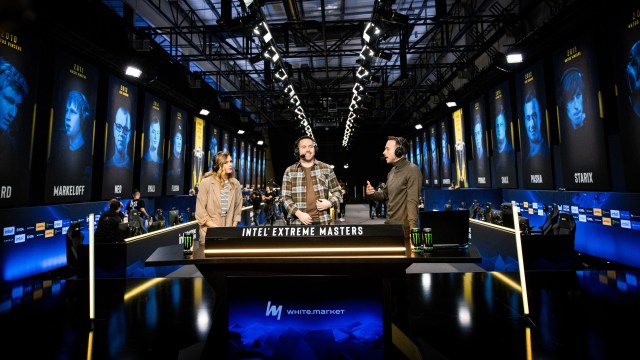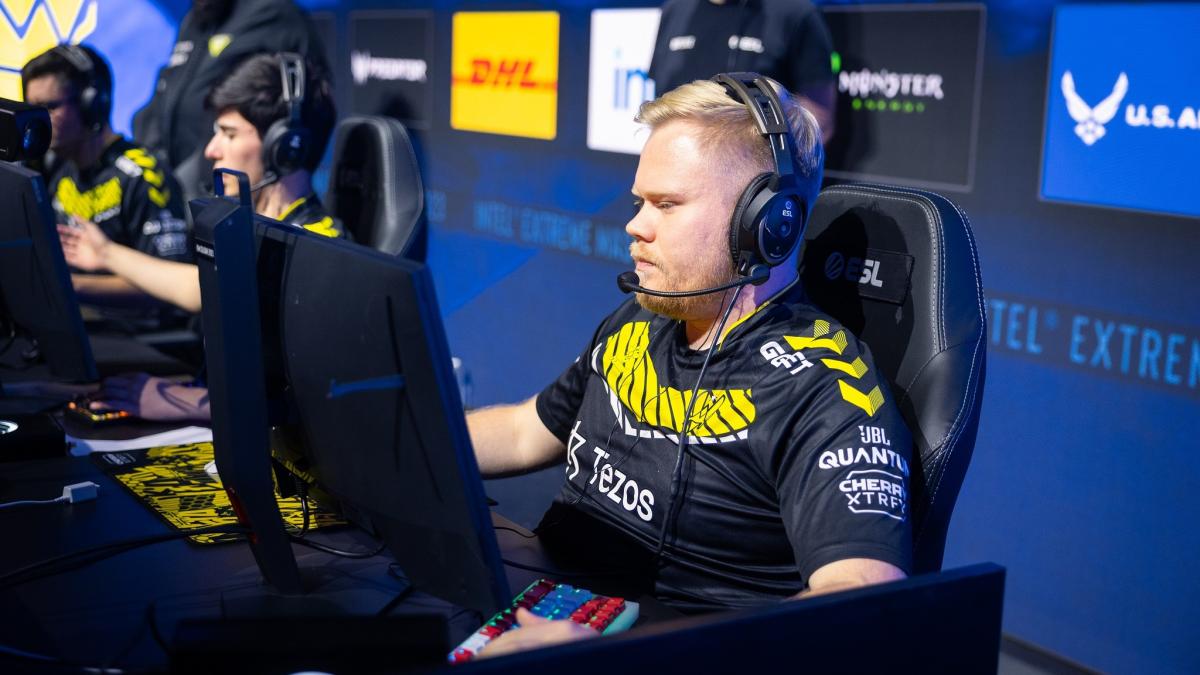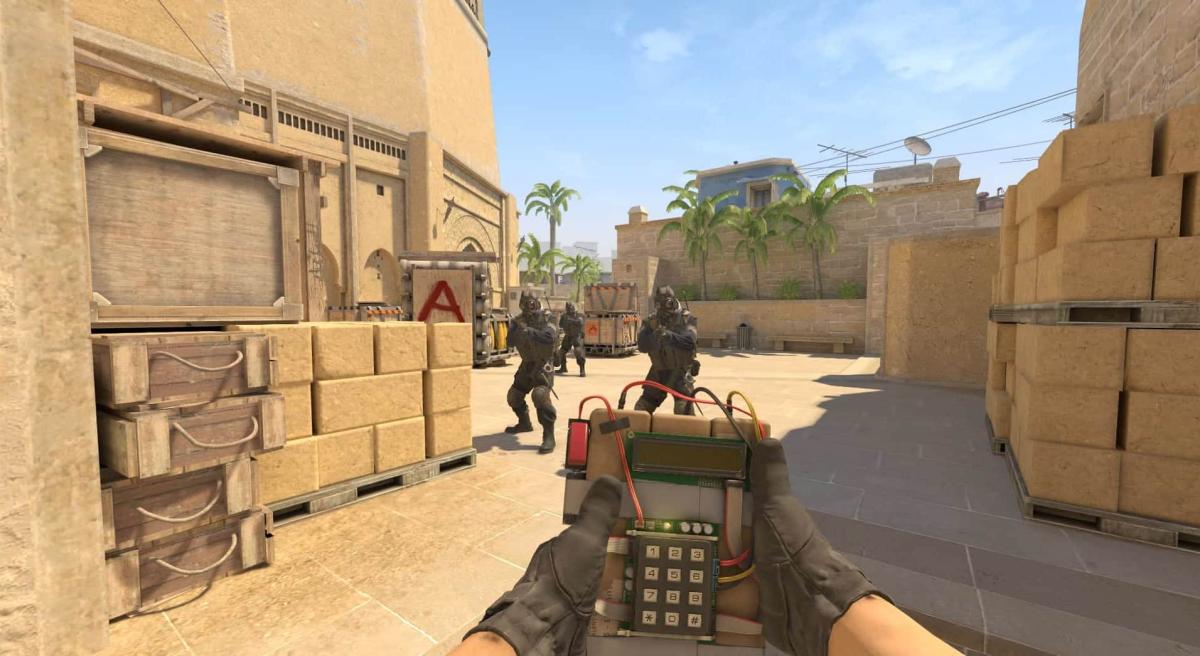The European RMRs for the first Counter-Strike 2 Major are right around the corner, with the first one starting on Feb. 14 in Bucharest. While the anticipation grows with each hour, Team Falcons’ Magisk believes the current format could scare some organizations away from investing in the scene.
Falcons reached playoffs in IEM Katowice 2024, where they defeated home crowd favorites, ENCE, in quarterfinals. After a heated spectacle, the player dove into the state of the current Major cycle, the randomness of the RMRs, and how this affects the scene as a whole.
Magisk agreed with the sentiment that the upcoming Regional Major Ranking events will be have the highest variance in the history of the game due to the state of CS2. “Most likely. Right now, the format is MR12 (first to thirteen), and you’re going to play a lot of best-of-ones at the RMR. If you win both pistol rounds and successfully convert the follow-ups, you already have half the rounds you need to win the game. This means the economy is in a very difficult place right now,” the Dane told Dot Esports.

Such a format naturally allows numerous underdogs to rise up to the challenge and create some upsets, possibly qualifying for the Copenhagen Major itself. But, while Magisk acknowledges it’s “nice” to have underdog stories, “it makes more sense to have the best teams at the Major.” On top of that, he feels like having so much upset potential makes it risky for organizations to enter CS2.
“At the end of the day, I also think it’s important to try and look at [how] a lot of big organizations are also investing a lot of money into big teams. Right now, it’s just very difficult to be sure about anything for an organization, and it’s obviously what makes it dangerous to invest in Counter-Strike. It can be two BO1s you lose, you only have one chance left, it’s a long road, and it’s just a bit random,” Magisk said.
However, the 25-year-old is also aware that big teams shouldn’t be gifted anything for free, including the spots at the Major. “The top teams also have to fight for it. We shouldn’t get it for free.”











Published: Feb 10, 2024 10:22 am